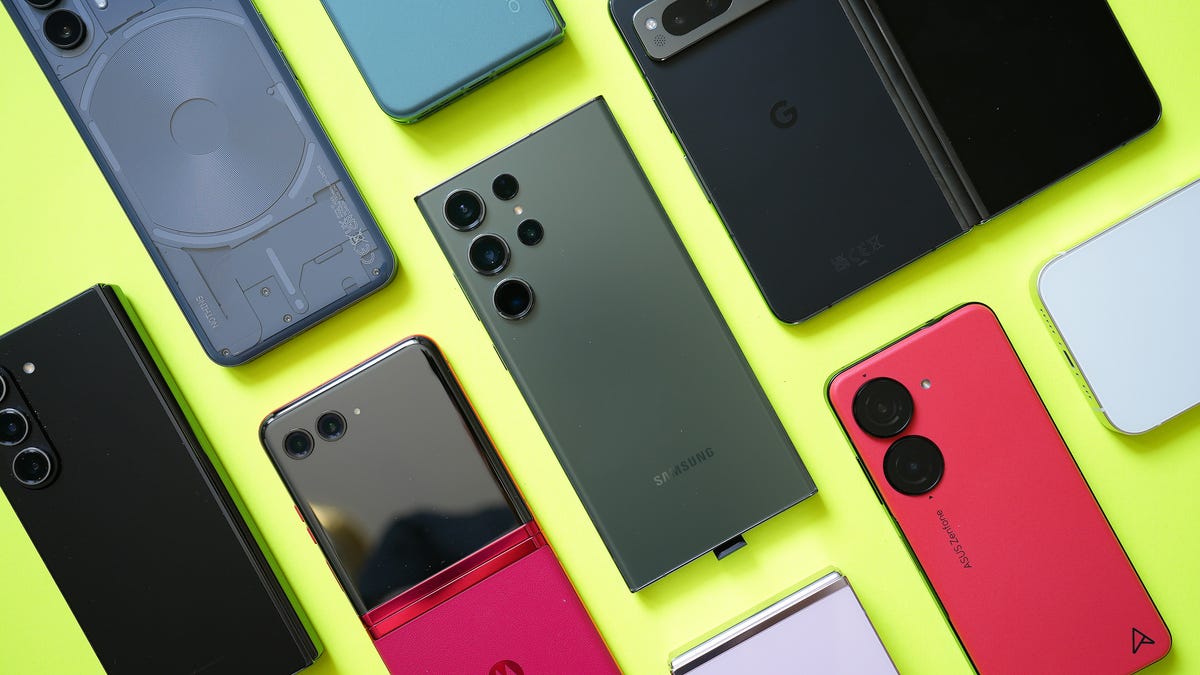For 17 minutes, I felt trapped in a submarine. Edward Berger's immersive short film Submerged arrives on the Apple Vision Pro, part of Apple's latest push to create content that'll make you want to try the $3,499 mixed reality headset. Of all the 180-degree 3D video formatting I've seen from Apple, this one feels the most polished and vividly immersive.
Submerged takes place almost entirely onboard a World War II-era submarine, following just a few actors as they travel through cramped corridors and await threats lurking above. The experience felt more theatrical than filmic to me, partly because 180-degree 3D video means taking in a lot more environmental detail. Also, the film has fewer rapid cuts, leaning on interactions in cramped, detail-rich spaces that feel as much like characters in the film as the actors themselves.
Watch this: Test Driving Apple Vision Pro: A Concept Car For The Future
07:54
Scripted VR films aren't new. Meta, Google and Samsung experimented with immersive video formats and funded creative content years ago. Apple's use of video on Vision Pro does look particularly impressive, though. Still, unlike the 360-degree videos popular in the early VR days, 180-degree videos feels more like open proscenium stages, where performances unfold in front of you but still allow you to look around the edges of the theater.
Submerged is the Vision Pro's first scripted film, and one of its most visually impressive experiences.
AppleBerger, who won a 2023 Academy Award for Best International Feature Film for All Quiet on the Western Front, had never worked in any other VR video format before. "I was completely innocent to this technology, I'd never done stereoscopic photography before," Berger told CNET in an interview. "A lot of the ideas came because we experienced the Vision Pro in a documentary environment, or in a music environment. We saw how it felt to us as innocent viewers, and we started noticing that tension works really well," which inspired him to make a film full of tension.
Berger experimented with different types of shots for the film and needed a special crane to shoot scenes with the large immersive video camera to avoid the camera being seen in the 180-degree shots. Ideas like the camera shaking, or how fast the camera could move down a hallway, were all up in the air.
The submarine set in Submerged and its high level of detail -- it was actually submerged in a giant water tank for some shots -- felt more like a stage than a film set as I watched it, too.
Berger agrees it's more like theater. "You can let the shots linger a lot longer, and your eyes can wander and create your own experience. You look at Jordan's face, you look at the right at the pipe... That's what you do on the theater stage. But what I also noticed is this camera doesn't lie. It's so real. You see every pore of the skin," he told me.
"You really have to be a good actor, and you really have to get a perfect take. Otherwise, you know it will betray you, you will see it and it'll take you out of the experience. And you can't edit that much like in a traditional movie. It's because you want to take advantage of you turning your head, and exploring the shot and really creating your own experience," he added.
To direct, Berger used multiple monitors to see a whole, wide fisheye-like view of the camera's entire canvas, and he also wore the Vision Pro at times. Berger eventually got the hang of just using the monitors without needing the Vision Pro to "see" the shot, he said.
What interests me about Submerged is how far Apple is heading into immersive video. So far, film releases shot in 3D immersive video have been scattershot, hinting at a future with full seasons of shows or sports, rather than the occasional quick show or highlight clip we see now. At 17 minutes, Submerged is one of Apple's longest efforts. Could there be longer projects to come?
I don't mind spending an hour or more in a Vision Pro -- I've watched whole feature films in it -- but not everyone feels that way. It could very well be that Apple is testing the waters and learning the limits as it works on a more affordable mainstream Vision headset that could launch alongside a more formal slate of regular immersive programming.
I'm wowed by the visual fidelity of Apple's immersive video format, for sure. It feels like living in a wraparound Imax experience. Berger says it's a more challenging format to work in, too. "It has more elements that you need to create. And that also is terrifying when you take the camera and start working with it, but it's terrifying in a good way because it's a challenge that you need to sort of overcome."
But I wouldn't want to get a dedicated expensive device for playing these films unless the entertainment industry at large started to adopt the format, too. Apple's definitely trying to make immersive video happen, but it remains to be seen how many long-term players and other tech companies will follow suit.




:quality(85):upscale()/2023/09/21/802/n/1922729/d9a11ce9650c8850437280.00070284_.jpg)

:quality(85):upscale()/2024/10/29/957/n/1922441/c62aba6367215ab0493352.74567072_.jpg)
:quality(85):upscale()/2024/10/30/711/n/1922441/c62313206722590ade53c4.47456265_.jpg)

 English (US) ·
English (US) ·